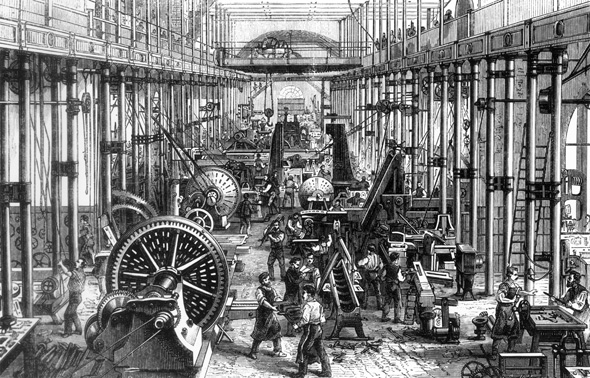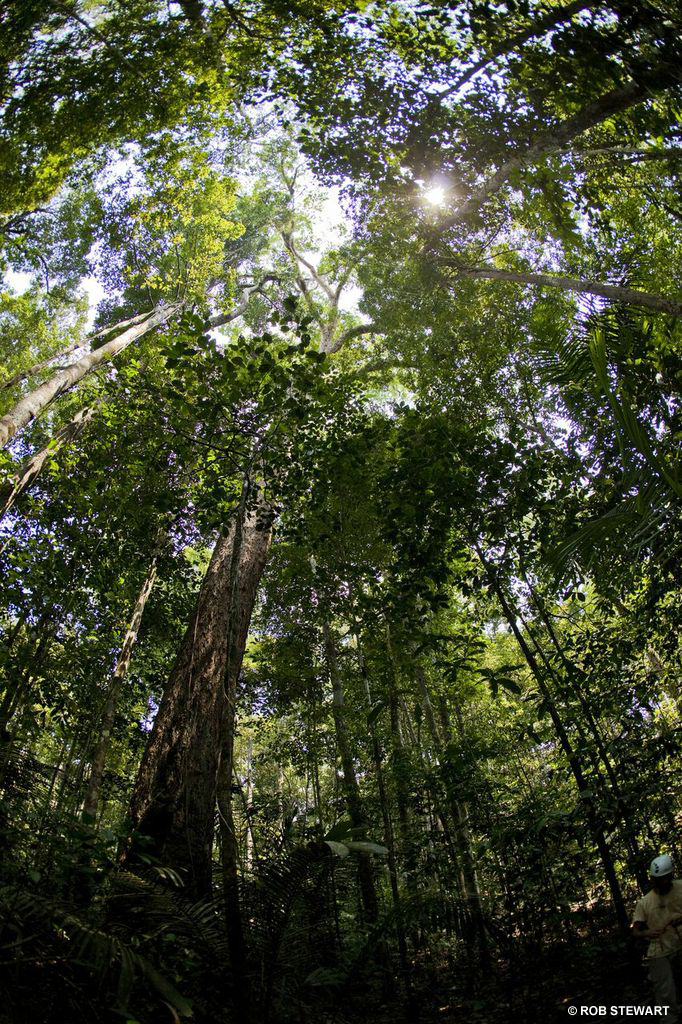The industrial revolution now also known as the first industrial revolution was the transition to new manufacturing processes in europe and the united states in the period from about 1760 to sometime between 1820 and 1840 this transition included going from hand production methods to machines new chemical manufacturing and iron production processes the increasing use of steam power and.
Tree and land clearing industrial revolution.
The growing cities of the industrial revolution presented an increased demand for food.
The industrial revolution which took place from the 18th to 19th centuries was a period during which predominantly agrarian rural societies in europe and america became industrial and urban.
Urban planning urban planning the era of industrialization.
111 landlords had been clearing land to establish sheep farming.
As the industrial revolution took off large logs became of greater value and the horsepower to move them emerged.
The open pit mines cover an area bigger than greater vancouver and 32.
Since the industrial revolution in the 1800s forests have been exploited worldwide.
Revolution and one of the largest industrial projects on earth 31.
Timber forestry began to replace coppicing as land management goals changed.
University of alberta vast amounts of boreal forest the second largest intact forest in the world are cleared.
The dead trees would then be felled over time usually felled with axes the stumps and roots grubbed up by digging and hauling with ox teams with some used to build housing the better ones taken to the sawmill to be turned into lumber and the remainder and the roots burned down into potash which was a valuable cash crop exported to england to be made into soap.
Cutting trees can result in the loss of habitat for animal species which can harm ecosystems.
This has culminated into what we see today plenty of parks and for the most part plenty of urban trees.
According to michael williams in his 2001 article in history today in central european russia for example 67 000 square kilometers 16 556 060 acres of forests were cleared between the end of the 17th century to the start of the 20th century.
In both europe and the united states the surge of industry during the mid and late 19th century was accompanied by rapid population growth unfettered business enterprise great speculative profits and public failures in managing the unwanted physical consequences of development.




























